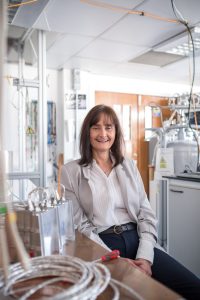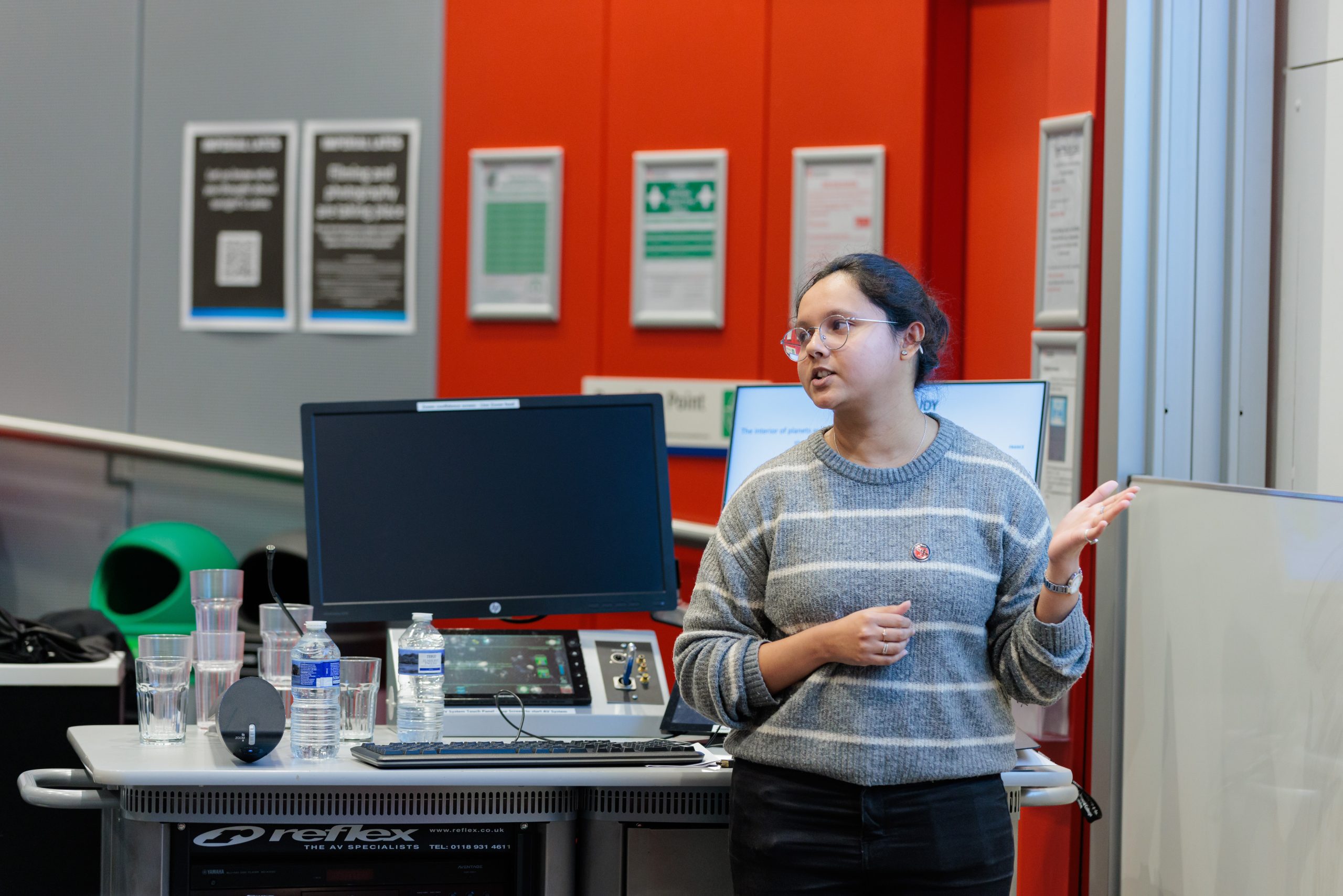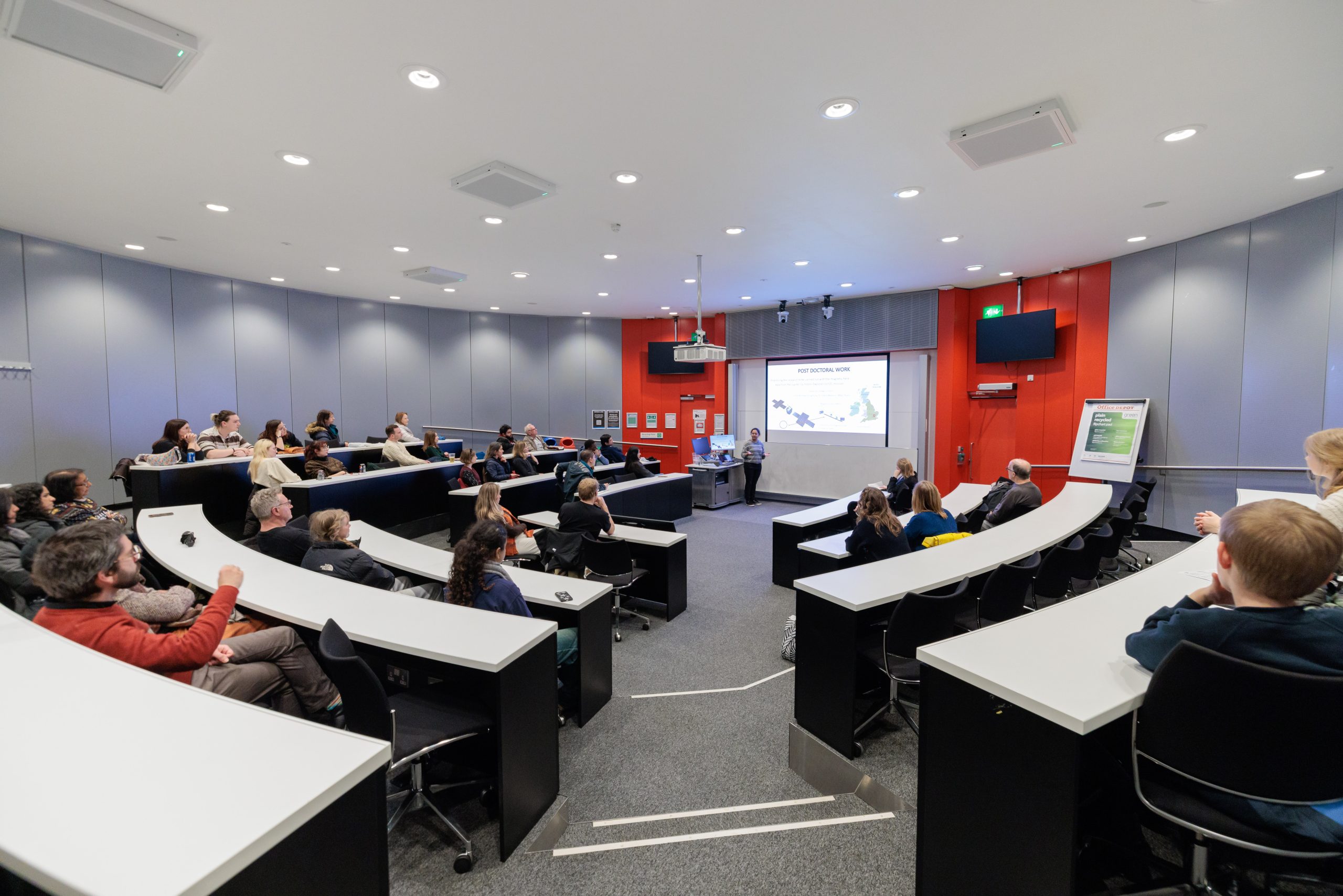Welcome back to #WNBiPonWednesdays! For our latest interview, we spoke to Master’s student, Anubha, who is currently studying on the QFFF (Quantum Fields and Fundamental Forces) course. Thank you for your time Anubha!
As an introduction, describe your path into physics, what kickstarted it?
I had actually wanted to be a lawyer for a long time. I was quite headstrong and vocal about my opinions (not much has changed!), and my strongest subjects had always been the humanities in school so it felt like the appropriate career path. I didn’t pay much attention to science or maths as I felt I wasn’t “naturally” good at them. When I studied (Scottish) Higher Physics (Year 12 equivalent), we had a brief introduction to Special Relativity, and I started enjoying it much more after that. I still felt that physics didn’t seem to come “naturally” to me, but I was lucky to have very supportive teachers who suggested that I could be a scientist if I wanted to. I started dedicating more time to trying to really understand maths and science rather than just studying for the exams, and the more I did, the more I enjoyed them and the easier it became to do well. My decision to study physics over law was quite an impulsive one after that, and it’s the best decision I ever made!
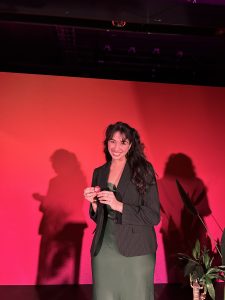
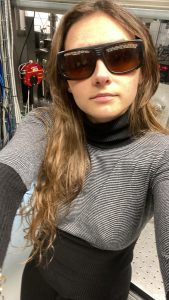 ou currently working on?
ou currently working on?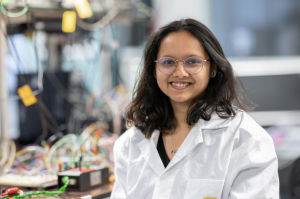 unity. Thank you for your time Shivangi!
unity. Thank you for your time Shivangi!